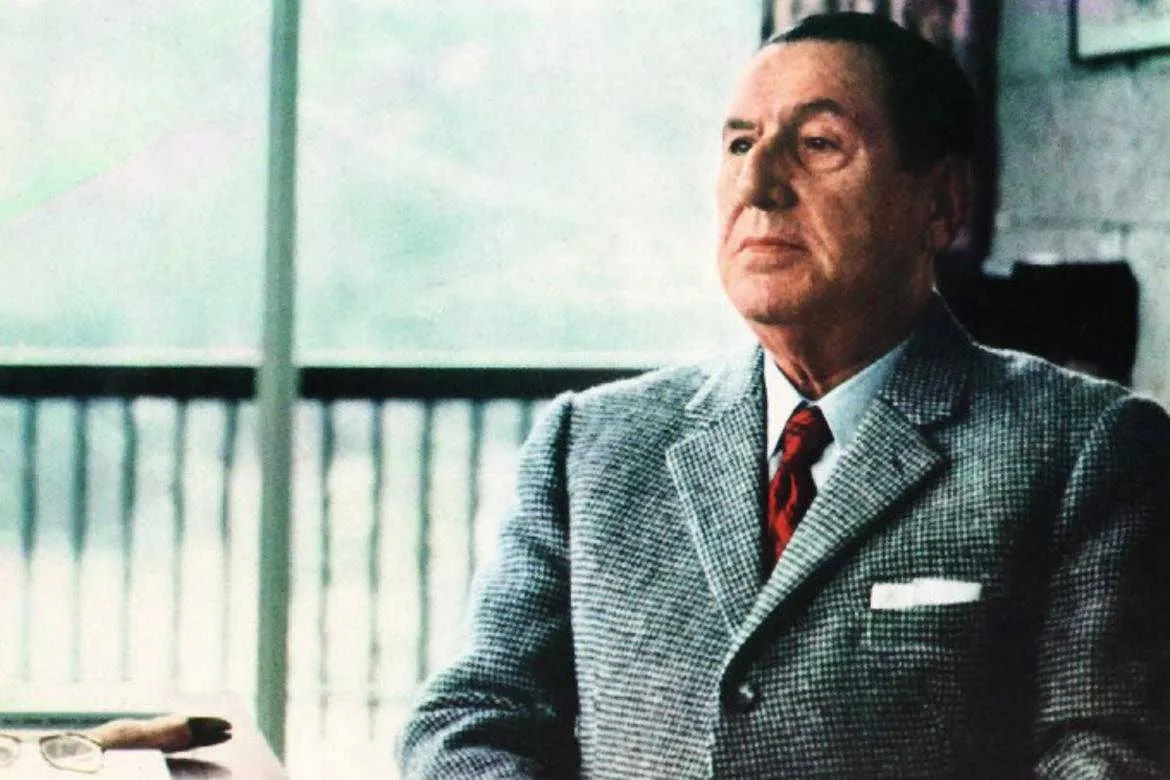When Juan Perón was deposed, Pedro Eugenio Aramburu took charge as the country’s leader, initiating a rigorous campaign against Peronism by outlawing the party from future elections. In the 1958 general elections, Arturo Frondizi of the UCR won, focusing on drawing investments to achieve self-sufficiency in energy and industry, overturning the trade deficit, and reversing the ban on Peronism. However, his struggle to find a middle ground between the Peronists and the military ended in a failure, causing both sides to turn against him and leading to a coup that removed him from office.

In the wake of political chaos, José María Guido assumed the presidency quickly, utilizing laws designed to prevent power vacuums. He suspended elections and reinstated the prohibition of Peronism. Arturo Illia’s election as president in 1963 marked a period of growth, but this was abruptly halted by another military coup in 1966, led by General Juan Carlos Onganía, setting up a military regime aimed at maintaining indefinite control.
Perón’s Return and Death
Following extended military governance, Alejandro Agustín Lanusse was designated president by the junta in 1971. Under growing demand for democracy, elections were declared in 1973. Though Perón was disqualified from running, his party, represented by Hector Cámpora, triumphed. After his inauguration on May 25, 1973, Perón returned from Spain.
Cámpora’s short tenure was marked by intense political discord, leading to over 600 conflicts, strikes, and factory takeovers in just one month. Although far-left groups ceased armed confrontation, their role in the democratic process was seen as a menace by the right-wing Peronist faction.

The tumultuous period led to the resignation of Cámpora and Vice President Vicente Solano Lima in July 1973, making way for new elections. Perón secured victory, with his wife Isabel as vice president. His third term, however, was overshadowed by increasing tensions within the Peronist movement and the revival of armed guerrilla groups.
Perón’s declining health culminated in his death in July 1974. Isabel Perón, succeeding him, confronted numerous challenges, including the emergence of a military junta and extremist right-wing groups. Isabel Perón’s eventual removal by the military in 1976 ushered in a constitutional crisis, leading to a turbulent decade characterized by left-wing terrorism and state-sanctioned violence.
This dark period laid the groundwork for Argentina’s “Dirty War”, a notorious chapter during which the military government engaged in systematic human rights abuses, including torture, kidnappings, and killings. The consequences of these years are still felt in Argentina, shaping its politics and society. The transition back to democracy in 1983 began a complex process of reckoning with this turbulent history, including ongoing efforts to hold those responsible accountable and to remember and honor the victims.
